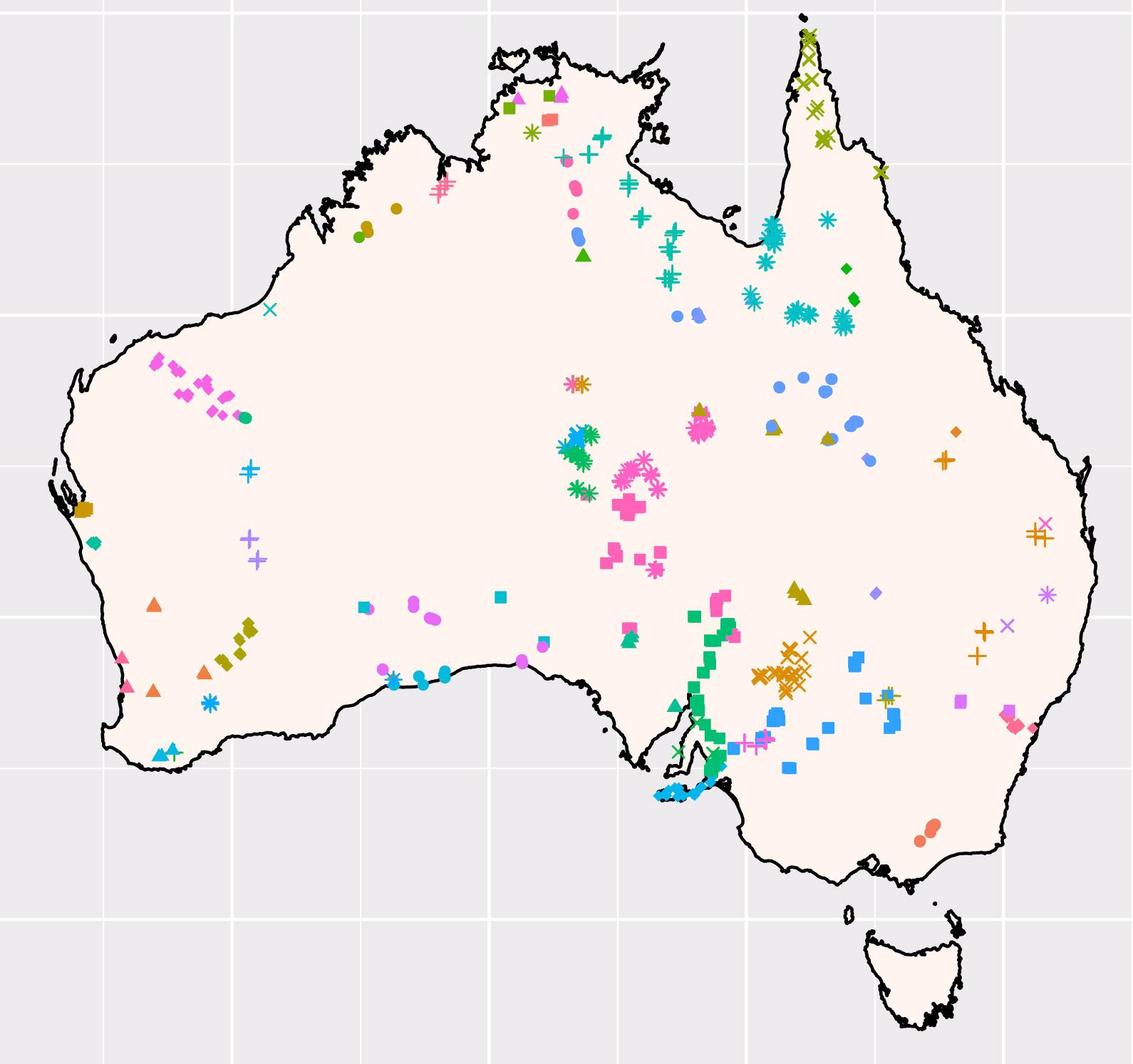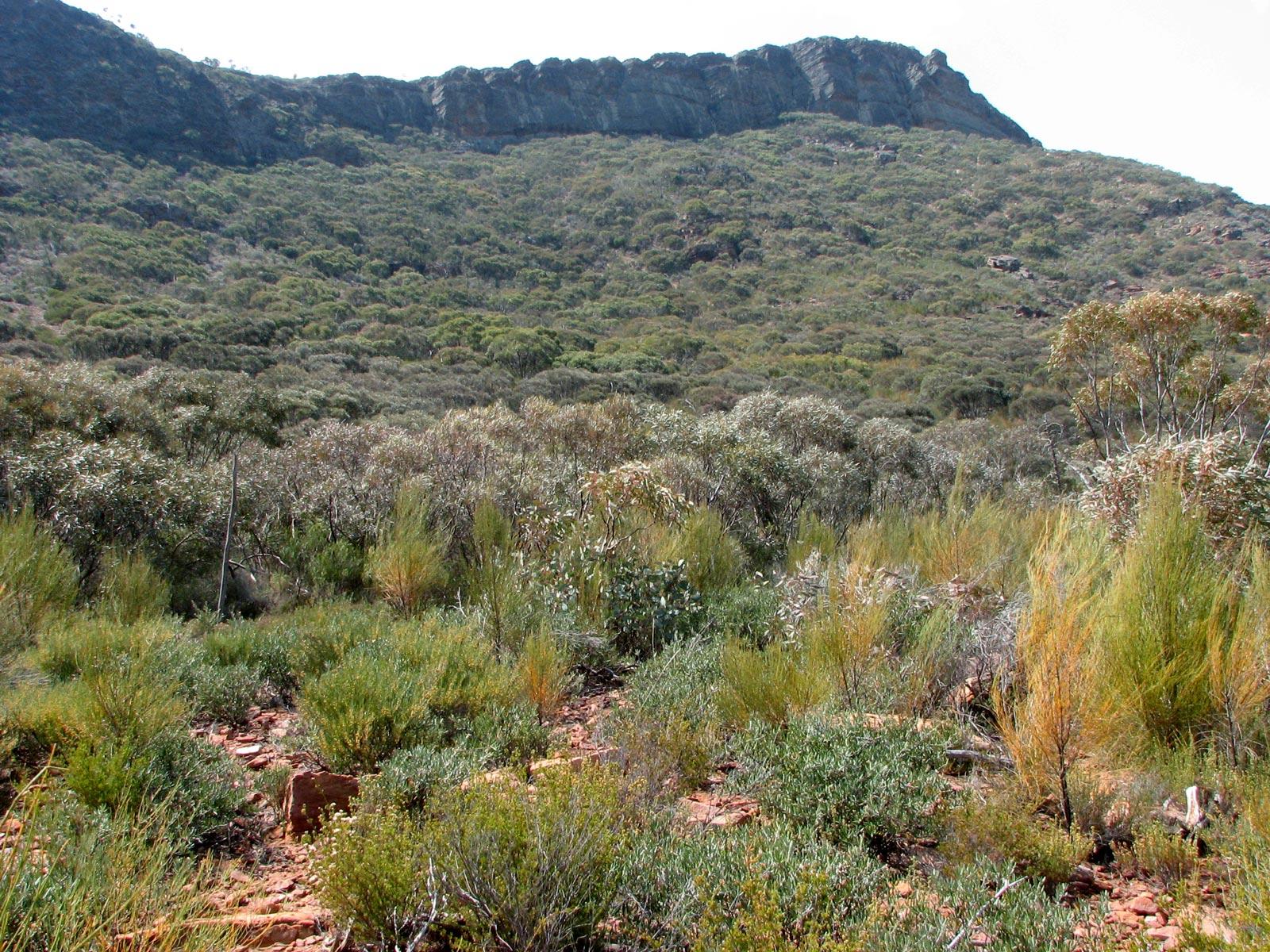Environmental monitoring: Teasing out real biodiversity patterns from sampling biases

Help identify areas of conservation priority through the development of on-ground biodiversity sampling strategies and the interpretation of ecosystem changes.
What can local or continental-scale species inventory data tell us about ecological boundaries, drivers of ecological heterogeneity and change through time?
Large databases of species distributions and vegetation communities are now readily available. Work is needed to understand how sampling influences our conclusions around ecological diversity and drivers.
This project tackles the problem through either field sampling, analysis of existing data, or both.

Your aim will be to determine how sampling intensity, design and biases, as well as type and spatial grain of analysis, influence interpretations of ecosystem heterogeneity. You will use combinations of existing data, simulations or fieldwork to determine how sampling (e.g. random, systematic or preferential), data handling (e.g. point records, grid cells or inferred ranges) and analysis type (e.g., empirical versus models) influence interpretations of ecosystem heterogeneity and change.
The aim is to develop strategies for future on-ground sampling and to account for sampling in the analysis and interpretation of ecosystem change through time and space as well as the identification of areas of conservation priority based on patchy data.
This project is based within Australia’s national terrestrial ecosystem surveillance monitoring facility.

Supervisor
Research area:
School of Biological Sciences, TERN / Environmental Monitoring Group
Recommended honours enrolment:
Honours in Ecology and Environmental Science
